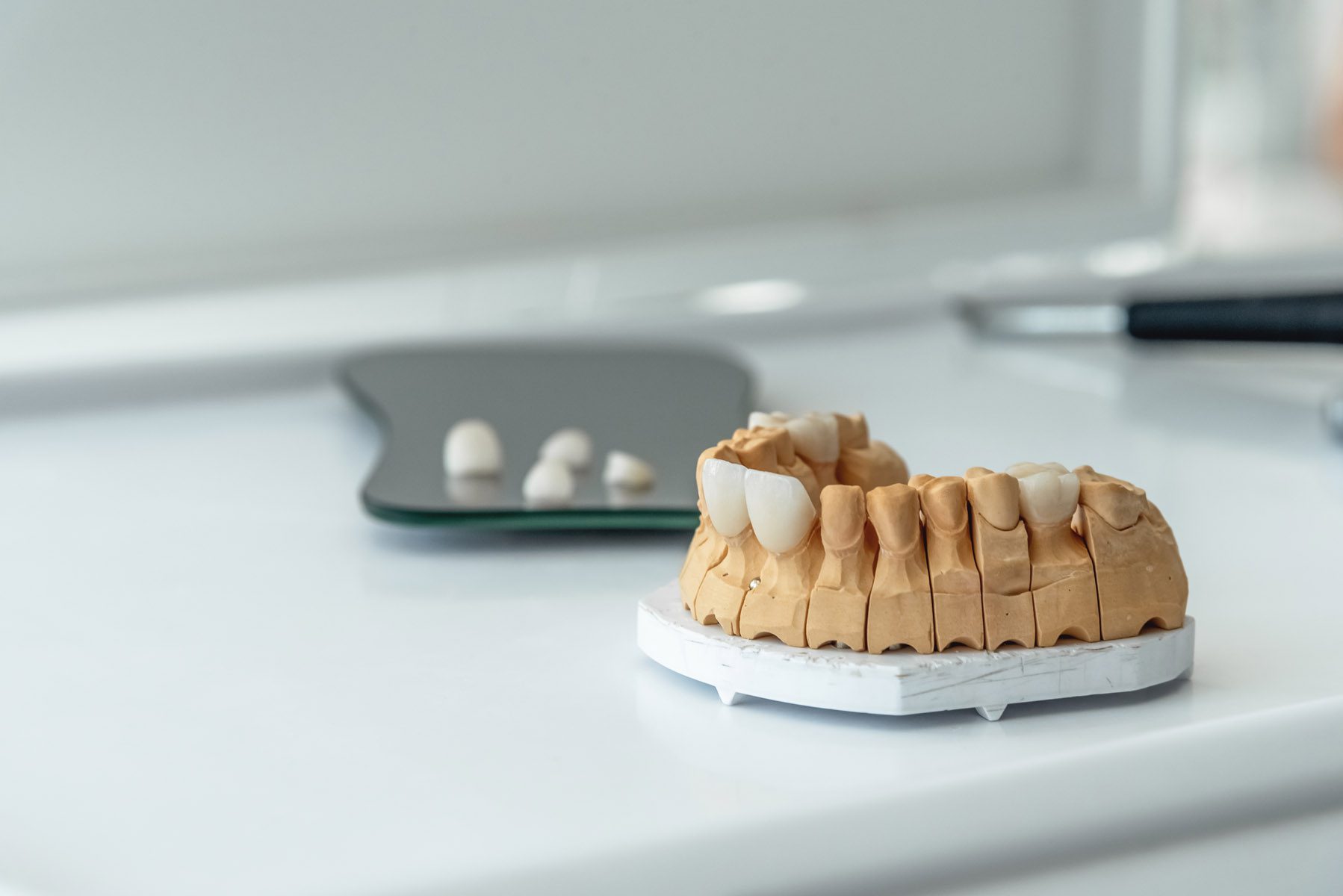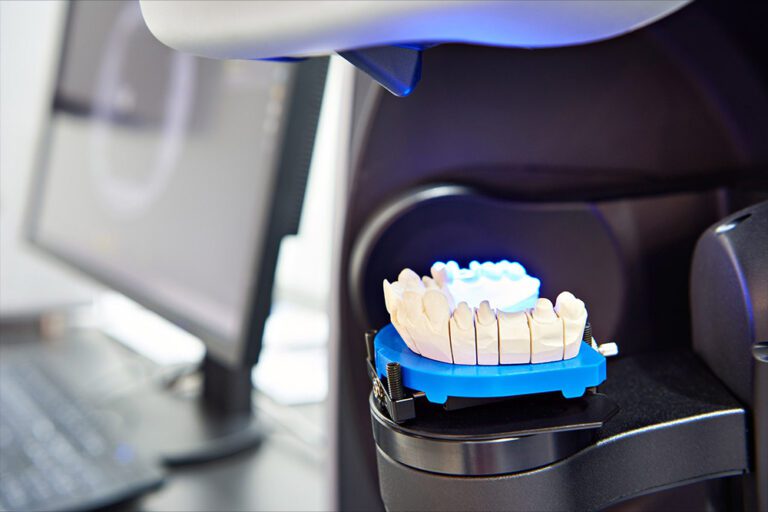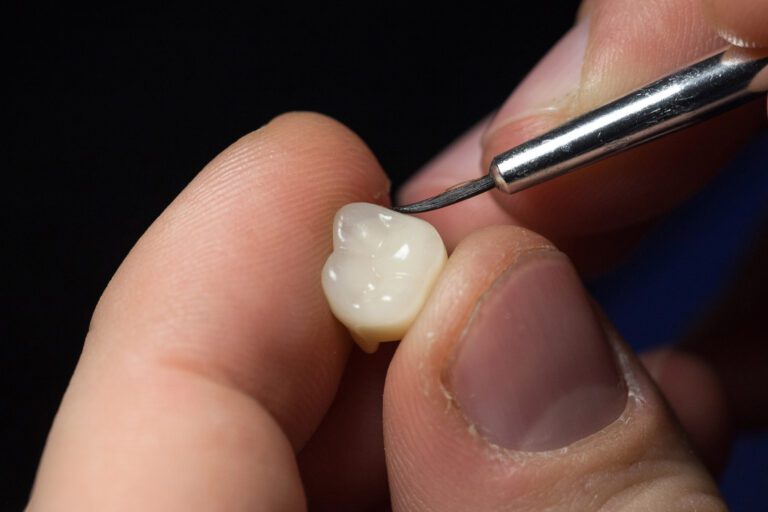There are a number of factors that determine a successful crown for dental patients. A study from The National Dental Practice-Based Research Network delved into patient, dentist, and la-boratory factors associated with successful cases. Because of the precise results needed from dental restorations, every step of the process is critical.
External Factors Impacting Dental Crown Recommendations
Clinicians often recommend single-unit crowns, but the actual process can vary. This study’s objectives were to find how and why the variations in treatment occurred. Dentists were sent a full questionnaire in order to document their current practices and treatment plans with crowns. This included material choices and impression techniques.
In this, four clinical scenarios were given to providers, who ranked them on a 4-point ordinal scale. These responses helped calculate a “Crown Factor” for each dentist.
If they scored higher, they were more likely to recommend a crown. Researchers then used other data in the questionnaire as well as their Enrollment Questionnaire when they joined The National Dental Practice-Based Research Network. Together, this additional data provided in-sight into whether these factors were significantly associated with the Crown Factor.
Data included practice type, years in practice, perceived practice busyness, and patients’ insurance. The study’s authors used chi-square tests and multiple regression analysis to test as-sociations.1
Conclusions Regarding Factors for Successful Dental Crowns
The data received in this study showed that there is substantial variation in Crown Factor among network clinicians. The likelihood in recommending a crown (the CF) varied with external fac-tors, in addition to patients’ clinical presentation.
Those in practice for less than five years were less likely to recommend crowns than those in practice longer. Private practice dentists were more likely to recommend a crown than Health Partners Dental Group clinicians.
Variables mentioned above like practice busyness, insurance coverage, and network region also significantly influenced their choice. Respondents with in-office milling were more likely to rec-ommend single unit crowns than those who sent cases to a commercial lab.2
These results offer important insights into the dental industry, and it is valuable information for practitioners. We often have a tendency to get set in our ways, but learning others’ techniques and preferences can help improve our practice. To view more information about this study, head to the National Dental PBRN website.
________________________________________________
1M McCracken, DDS, et al. External Factors Impact Likelihood to Recommend Crowns Among National-Dental-PBRN Dentists. (2016) http://www.nationaldentalpbrn.org/factors-for-successful-crowns.php
2ibid.











